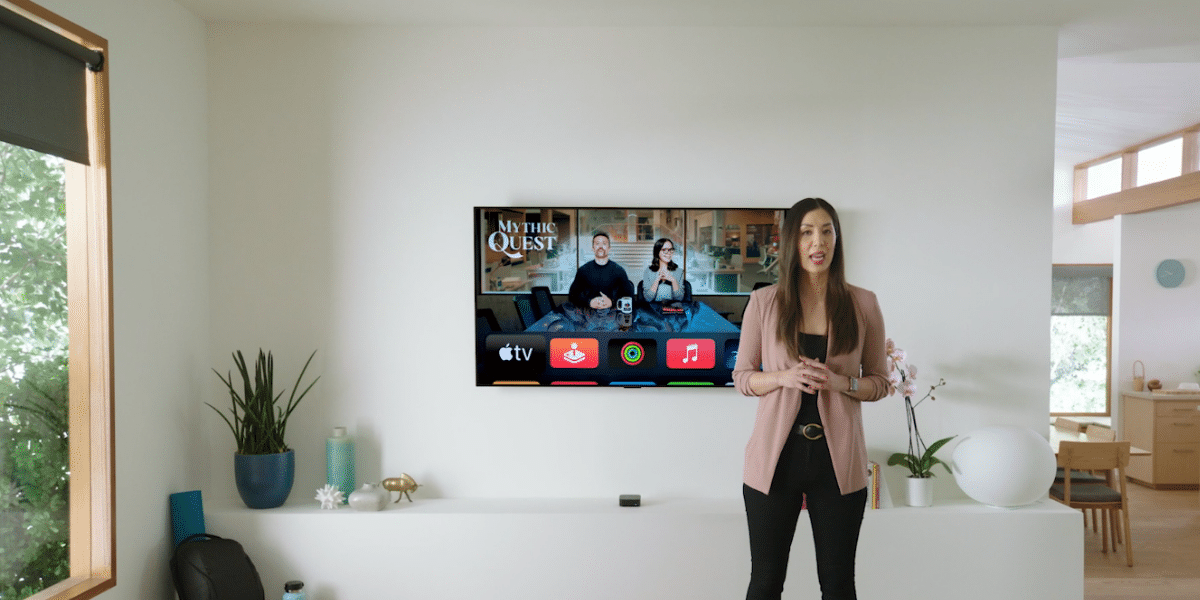SMS scams are all the rage: fake messages pretending to be our bank, the post office and many others. These fake text messages have become a major annoyance and although the spam filter bothers you a lot, sometimes you have to pull out the big guns. For instance, block text messages from entire countries.
Some fraudulent messages and various scams arrive with an international prefix, but with a different number each time. If you are pretty sure that you will never receive unreadable text messages from any of these countries, then one way to nip them in the bud is block a whole prefix of your SMS. We tell you how.
Global blocking, only on certain mobiles
Android has a great spam filter built right into the Phone app and it’s obviously possible to block certain phone numbers from calling you that have the number hidden, but what Android won’t let us do from the start is ‘is block an entire phone code. It’s not yet part of Android or the Google Phone app, but the option exists in some layers.
Some layers of Android, such as Huawei’s EMUI, allow you to blacklist phones a prefix or partial match. You’ll find something similar in Samsung’s One UI or Xiaomi’s MIUI.

The blockade of an entire country, with EMUI
Unfortunately, each layer does this in a different way and it may not even be available on the one that has your mobile. The best way to check is to go to the phone app and look in its settings, or search for “block” in Android settings. Including the steps for each layer and each version would be a daunting task, but here it is for three of them:
-
On Samsung mobiles: open the phone application, press the menu button and choose blocked numbers. Add the country code and change the exact match menu to partial.
-
On Xiaomi mobiles: and one Call settings in the phone application and enter the block list, where you need to choose add a prefix.
-
On mobile with Huawei: open the app optimizer and between Filtered. In filter rulescome into Blacklist and after pressing To addChoose filter prefix.
In other mobiles the options could be similar, being hidden among the settings of the phone app, but in phones that have Android close to stock or use the Google Phone app – which are increasingly – then you should use third-party appsas we will see below.
In the rest you will need apps
If, no matter how strong your search, there is no option on your mobile to block a prefix or partial match in a phone number, then you will have no choice but to use an application. Applications specializing in call screening, such as TrueCaller, will help you configure precisely who can and cannot call you, although if you wish, you can choose to a simpler option
Bloqueador – Call blacklist
Calls Blacklist is a simple app with which you can filter calls and text messages in great detail. We will focus on the SMS filteringalthough the way it screens calls is similar.
After installing the app, you will need grant appropriate permissions. Android needs an app to set as default to handle SMS, so that’s what you’re going to need to do. If you don’t use it to screen calls, you can keep the phone app on your default mobile.

After granting permissions, you can start configuring your exclusion rules to filter calls or messages. Application lets you create complex rules about what to filter
What you are going to have to do is open the side menu and press Blacklistthen press the floating button and choose The number starts with. For reference, the app also allows you to filter recent numbers, contacts, who have texted you recently or by partial coincidences in name, including senders with text, quite common in scams and spam .

The only thing you miss is write the country code you want to block, and make sure the box is checked start with. For example, to block all messages from Europe, you would type “+34”, without the quotes. Press the button to accept the rule.
If you only use this rule for SMS, you can uncheck call screening in the list of rules created and for the rest you just have to wait. Messages that enter you with this country prefix will not be notified to you and will not appear in the SMS list.

However, you can still open the app – which will now be your app for texting and texting – and enter Registrationwhere you will see messages that have been filtered so farin case something useful slips in.
This method has the advantage of It will work for you on any android mobile, but that means you’re changing your default SMS app, which isn’t optimal. We’ll have to see if Google decides to include more comprehensive filtering options among Android’s blocking rules.









